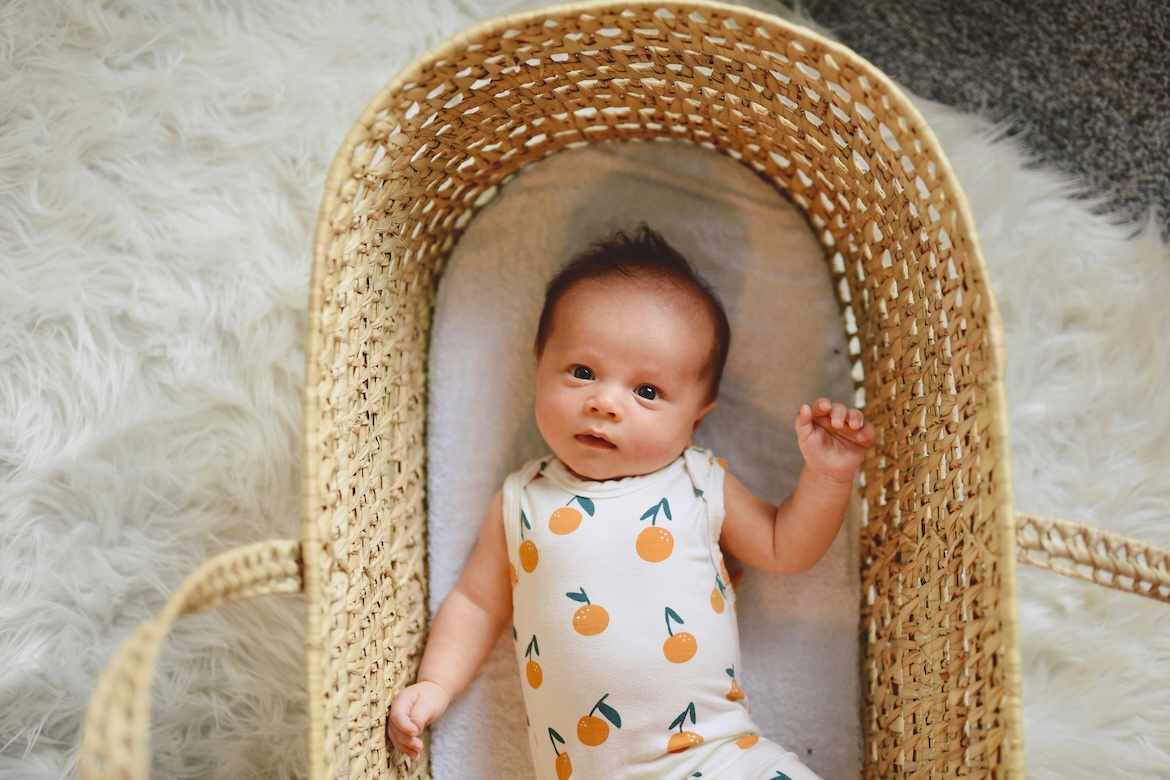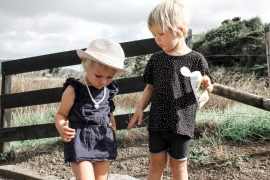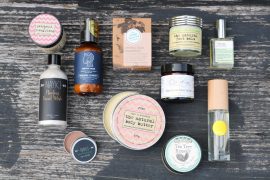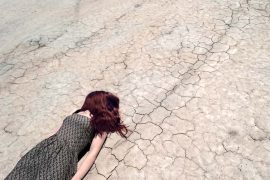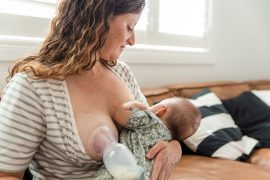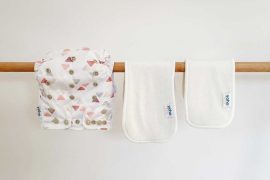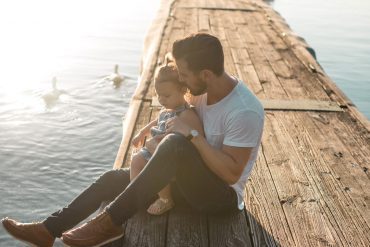By Charlotte Young
Welcoming a newborn is an exciting yet overwhelming experience, and with so much advice and countless products available, it can be difficult to know what you really need to buy. Charlotte, a paediatric nurse and first aid educator, shares her top must-have newborn items to help you figure out what you need and what’s just nice to have.
1. Safe Sleep Environment
With the right set-up, you can reduce the risk of SIDS (Sudden Infant Death Syndrome) so you and your baby can have a restful sleep.
Bassinet or Cot
- Your baby’s sleep environment should be simple and safe.
- For the first few months, a bassinet or cot is the safest place for your baby to sleep.
- Make sure the mattress is firm and fits snugly within the crib – avoid any gaps between the mattress and the sides of the crib to prevent suffocation.
- Keep the sleeping area clear of pillows, soft bedding, stuffed animals and other soft objects that could pose a suffocation hazard.
Always Place Baby on Their Back
- The safest sleep position for your baby is on their back. Sleeping on their back has been shown to reduce the risk of SIDS.
- It’s important to maintain this position for every sleep – whether it’s during the night or for naps – until your baby is able to roll over on their own.
Sleep Space
- While it might feel comforting to have your baby sleep in your bed, bed-sharing can increase the risk of suffocation and other accidents.
- Aim to have your baby sleep in the same room as you for the first 6 months, using a crib or bassinet close to your bed. This allows you to easily respond to your baby’s needs without compromising their safety.
- If you do choose to bed-share, make sure you follow the Safe Sleep 7 rules to reduce high risk factors of suffocation and SIDS.
Sleepwear
- Choose blankets made of natural fibres. Cotton and merino are both great choices. Never use a polyester blanket.
- Don’t dress your baby in too many layers (yes, even in the winter). Babies that overheat have a higher risk of SIDS as it affects their ability to wake up.
2. A Safe Way to Travel in the Car
Every car ride is a chance to keep your baby safe. Proper car seat safety is non-negotiable, as car accidents are a leading cause of injury for children. Unfortunately the vast majority of car seats are not installed properly so they are not as protective if there is an accident.
Choose the Right Car Seat
- Legally all babies need to be in a suitable rear facing car seat until at least 2 years old
- You can use a capsule or rear-facing car seat from newborn. There is no difference in terms of safely as long as it is installed correctly.
- Rear-facing car seats offer crucial support for your baby’s neck, spine, and head in the event of a crash
Proper Installation
- Installing a car seat correctly can be tricky, but it’s essential for your baby’s safety.
- Read the manufacturer’s instructions carefully and have your car seat inspected by a professional if you’re unsure.
- Many stores offer free car seat installation from car seat technicians at purchase or you can book a technician independently at a low cost.
Harnessing Your Baby Correctly
- Once your car seat is installed, ensure the harness is tight and positioned correctly.
- The harness straps should be at or below your baby’s shoulders for optimal safety, and they should be snug enough to pass the “pinch test” (meaning you should not be able to pinch any slack in the straps).
- Never install an aftermarket chest clip on a car seat. Australian car seats do not need one as they have a different design and adding one will affect the ability for the car seat protect your little one in a crash.
Keep Baby Rear-Facing
- Keep your baby rear-facing for as long as possible, as long as they meet the height and weight requirements for the seat.
- Buying a car seat with extended rear facing can keep your little one safer for longer.
3. Nappies & Wipes
Your baby’s skin is incredibly sensitive, which is why proper nappy care is essential for preventing rashes.
Choosing the Right Nappies
- There isn’t necessarily nappies that are ‘better’ than others but your little one might react differently to some brands.
- If you use cloth nappies make sure you was them well to avoid ammonia build up.
- Keep in mind that newborns go through up to 10-12 nappy changes a day, so you’ll need a stockpile of high-quality nappies.
Nappy Rash Cream for Preventing and Treating Irritation
- Nappy rash is common in newborns as they have very sensitive skin.
- Nappy rash cream containing zinc oxide is one of the most effective ways to protect your baby’s skin from irritation caused by moisture.
- Apply it generously after each nappy change to create a full barrier, especially if you notice any redness or irritation around the diaper area.
Gentle Wipes
- Use wipes that are free from chemicals and fragrances as they can be irritating.
- Reusable wipes can be a good alternative if your baby reacts to disposable wipes (plus they are better for the environment!).

